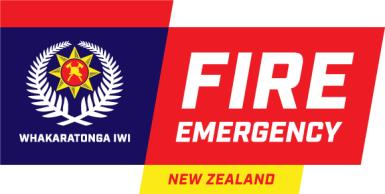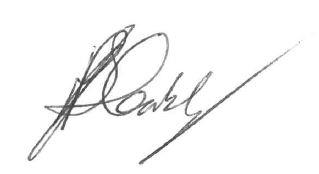


National Headquarters
Level 12
80 The Terrace
PO Box 2133
Wellington
New Zealand
Phone +64 4 496 3600
28 May 2019
Julie Nevin
By email: [FYI request #10105 email]
Dear Julie
Information Request - Tasman fires
I refer to your official information request dated 13 April 2019 asking the Department of the Prime
Minister and Cabinet (DPMC) for the following information:
I'd like to know what it took to put out the fires around Pigeon Valley, Tasman, this summer.
Specifically:
1. what the response cost civil defence (and other responding organisations, if possible)
2. how much fresh and marine water was used
3. how much fuel was used by helicopters and other vehicles
4. how many hectares of forest were destroyed
5. the expected compensation to landowners for damage caused by the response
On 1 May 2019, questions 1-4 of your request were transferred to Fire and Emergency as the
information you have requested is believed to be more closely connected with the functions of
this organisation. I understand that DPMC will still be responding to your question 1 and 5.
Your request has been considered in accordance with the provisions of the Official Information Act
1982. In response to questions 1-4 of:
1. what the response cost civil defence (and other responding organisations, if possible)?
As at 10 May 2019, Fire and Emergency’s response to the Tasman Fires totals $ 11,826,445.
2. how much fresh and marine water was used?
Fire and Emergency does not hold a full record of the amount of water either fresh or salt that was
used in the response to the fires. However, we have estimated that at its peak we were averaging
1,800,000 litres of water a day until the final days of the operation where it dropped to about
300,000 litres per day
Our best total estimate of the use of tanker water is 35,700,000 litres – or about 14 Olympic
swimming pools worth.
We used no marine water to fight the Pigeon Valley fire. However, helicopters did use sea-water
to fight the Walters Bluff fire. Again we do not hold a full record of the amount of sea water used.

Our estimate is that one helicopter draws approximately 1,000 litres per load with a total of
20,000 to 30,000 litres of sea-water used in the first couple of hours.
3. how much fuel was used by helicopters and other vehicles?
We do not have a full record of the amount of fuel used. I can provide the following comment on
the cost of fuel. The helicopter fuel cost is met by the helicopter companies and we have no
breakdown of their specific fuel costs. The firefighting response included the use of 23
helicopters, 2 fixed wing places and 3 drone teams.
The non-aviation fuel cost to Fire and Emergency is recorded as $38,415 and includes the cost of
fuel supplied on site and fuel purchased using Fire and Emergency fuel and purchase cards.
4. how many hectares of forest were destroyed?
Forestry owners have advised that 1687ha of forestry was burnt in this fire.
You have the right to seek an investigation and review by the Ombudsman of this decision.
Information about how to make a complaint is availab
le at www.ombudsman.parliament.nz or
freephone 0800 802 602.
Note also that this response (with your personal details removed) may be published on the Fire and
Emergency website.
Yours sincerely
Raewyn Bleakley
Deputy Chief Executive, Office of the Chief Executive
2



